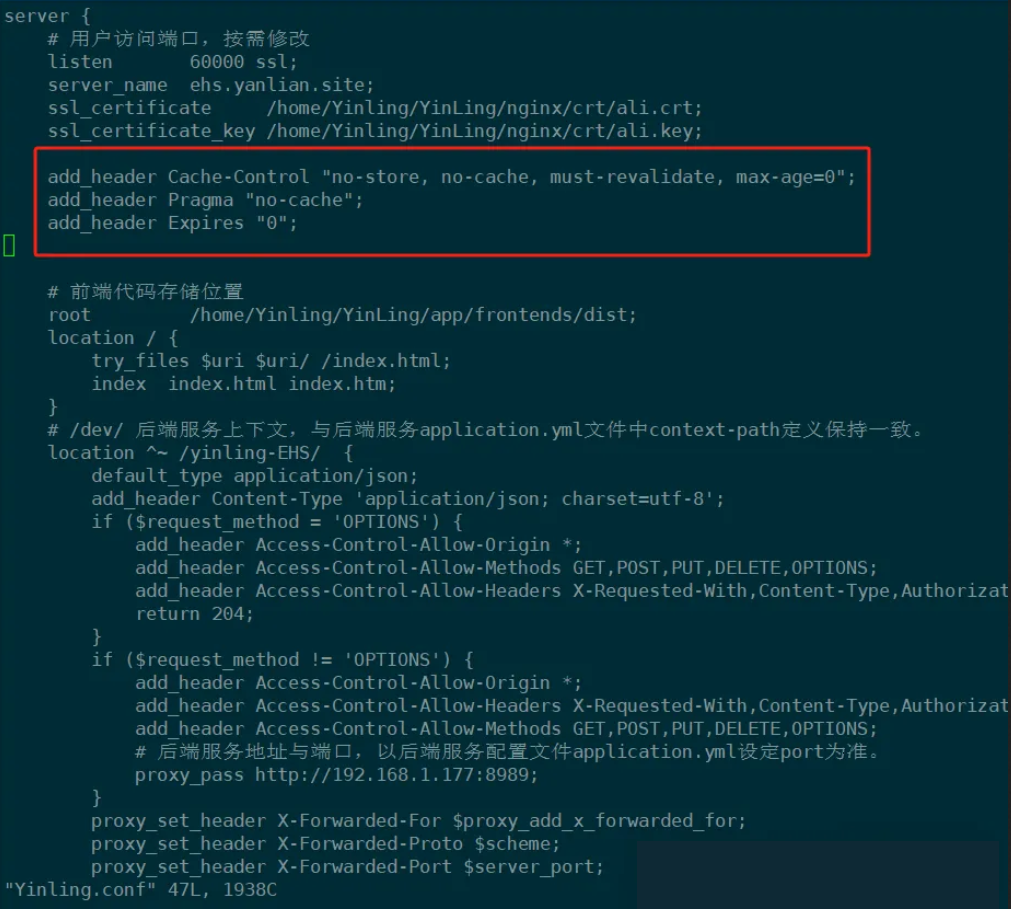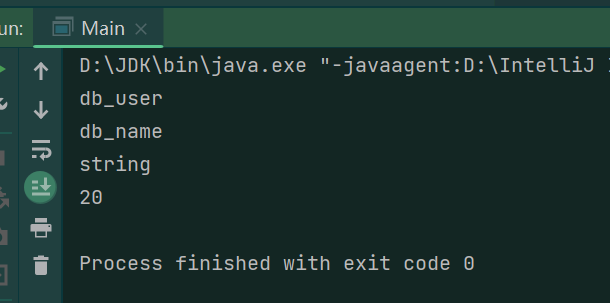Java Netty 是一个基于 Java 的高性能网络应用框架,广泛应用于构建多种连接复杂、性能要求高的网络服务器和客户端。在这篇博客中,我们将详细探讨 Java Netty 的基础概念、使用方法、常见实践以及最佳实践,以帮助读者深入理解并高效使用这个高性能网络框架。
目录
- 简介
- Java Netty 基础概念
- Java Netty 使用方法
- Java Netty 常见实践
- Java Netty 最佳实践
- 小结
- 参考资料
简介
近年来,随着互联网应用的快速发展,网络应用对高并发性和低延迟的需求日益增长。Java Netty 是一个异步事件驱动的网络应用框架,擅长处理高负载的网络通信任务。它抽象出复杂的底层 I/O 操作,允许开发人员专注于核心业务逻辑,实现高效的网络数据传输。
Java Netty 基础概念
在深入学习 Java Netty 之前,我们需要了解以下几个核心概念:
- 事件循环(EventLoop): 一个不断进行事件处理的循环,负责接受和调度 I/O 事件。
- 通道(Channel): Java NIO 的基础概念,一个通道表示从 Java 应用到网络设备的连接。
- 处理器(Handler): 用于处理 I/O 事件的代码单元,常按顺序组织在通道管道(ChannelPipeline)中。
- 管道(Pipeline): 可看作是一个处理器链,负责在事件流动过程中对其进行拦截和处理。
Java Netty 使用方法
接下来,我们将介绍如何使用 Java Netty 创建一个简单的网络应用。
服务端代码示例
import io.netty.bootstrap.ServerBootstrap;
import io.netty.channel.*;
import io.netty.channel.nio.NioEventLoopGroup;
import io.netty.channel.socket.SocketChannel;
import io.netty.channel.socket.nio.NioServerSocketChannel;
import io.netty.handler.codec.string.StringDecoder;
import io.netty.handler.codec.string.StringEncoder;public class NettyServer {private static final int PORT = 8080;public static void main(String[] args) throws Exception {EventLoopGroup bossGroup = new NioEventLoopGroup();EventLoopGroup workerGroup = new NioEventLoopGroup();try {ServerBootstrap b = new ServerBootstrap();b.group(bossGroup, workerGroup).channel(NioServerSocketChannel.class).childHandler(new ChannelInitializer<SocketChannel>() {@Overrideprotected void initChannel(SocketChannel ch) {ChannelPipeline pipeline = ch.pipeline();pipeline.addLast(new StringDecoder());pipeline.addLast(new StringEncoder());pipeline.addLast(new SimpleChannelInboundHandler<String>() {@Overrideprotected void channelRead0(ChannelHandlerContext ctx, String msg) {System.out.println("Received message: " + msg);ctx.writeAndFlush("Hello, Client!");}});}});ChannelFuture f = b.bind(PORT).sync();f.channel().closeFuture().sync();} finally {bossGroup.shutdownGracefully();workerGroup.shutdownGracefully();}}
}
客户端代码示例
import io.netty.bootstrap.Bootstrap;
import io.netty.channel.*;
import io.netty.channel.nio.NioEventLoopGroup;
import io.netty.channel.socket.SocketChannel;
import io.netty.channel.socket.nio.NioSocketChannel;
import io.netty.handler.codec.string.StringDecoder;
import io.netty.handler.codec.string.StringEncoder;public class NettyClient {private static final String HOST = "localhost";private static final int PORT = 8080;public static void main(String[] args) throws Exception {EventLoopGroup group = new NioEventLoopGroup();try {Bootstrap b = new Bootstrap();b.group(group).channel(NioSocketChannel.class).handler(new ChannelInitializer<SocketChannel>() {@Overrideprotected void initChannel(SocketChannel ch) {ChannelPipeline pipeline = ch.pipeline();pipeline.addLast(new StringDecoder());pipeline.addLast(new StringEncoder());pipeline.addLast(new SimpleChannelInboundHandler<String>() {@Overrideprotected void channelRead0(ChannelHandlerContext ctx, String msg) {System.out.println("Received from server: " + msg);}});}});ChannelFuture f = b.connect(HOST, PORT).sync();f.channel().writeAndFlush("Hello, Server!");f.channel().closeFuture().sync();} finally {group.shutdownGracefully();}}
}
Java Netty 常见实践
- 异步 I/O:Netty 使用异步的非阻塞 I/O 并基于事件模型来处理高容量并发连接。
- 零拷贝:Netty 支持零拷贝,通过直接使用 Java NIO 的
ByteBuffer,避免了外围缓冲区到直接缓冲区的内存拷贝。 - 可伸缩性:通过事件循环模型,利用少量线程处理大量客户端连接,提高了服务器的伸缩性。
Java Netty 最佳实践
- 减少 GC 压力:使用 PooledByteBufAllocator 减少垃圾回收的开销。
- 合理配置线程池:根据任务类型和机器资源合理分配 bossGroup 和 workerGroup 的线程数。
- 使用连接池:重用客户端连接来避免频繁创建连接造成的性能开销。
小结
Java Netty 是设计高可扩展、高性能网络应用的理想选择,通过非阻塞 I/O 和基于事件的模型处理大量并发连接。通过以上介绍的基础概念、使用方法和实践经验,读者应能更好地应用 Netty 打造稳定可靠的网络应用。
参考资料
- Netty 官方文档
- 《Netty 实战》
- Netty Github 仓库










